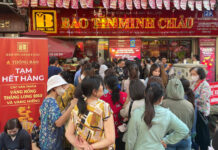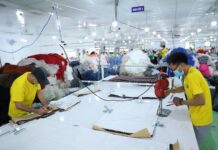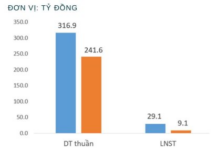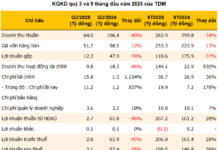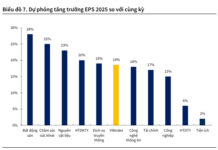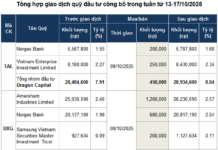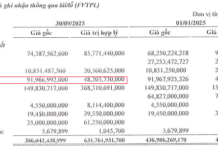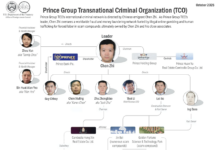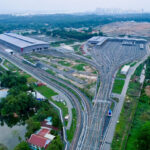Traceability and quality control of raw materials for the manufacturing and processing of goods and agricultural products is essential to meet domestic consumption demands and facilitate exports. Understanding the origin and properly managing the product’s process also helps businesses combat counterfeiting and protect their brand and reputation.
Transparent product traceability facilitates exports
Recognizing the potential and competitive advantages of Vietnamese export products, Mr. Nguyen Ngoc Linh, founder of the Vietnam Export Promotion Community (Easy Export), believes that Vietnam’s export position is relatively high compared to other Southeast Asian countries. Vietnamese export products have many advantages, especially domestic raw material inputs, which are cheaper than international markets. For products that need to import raw materials from China, Vietnam’s proximity reduces costs significantly.
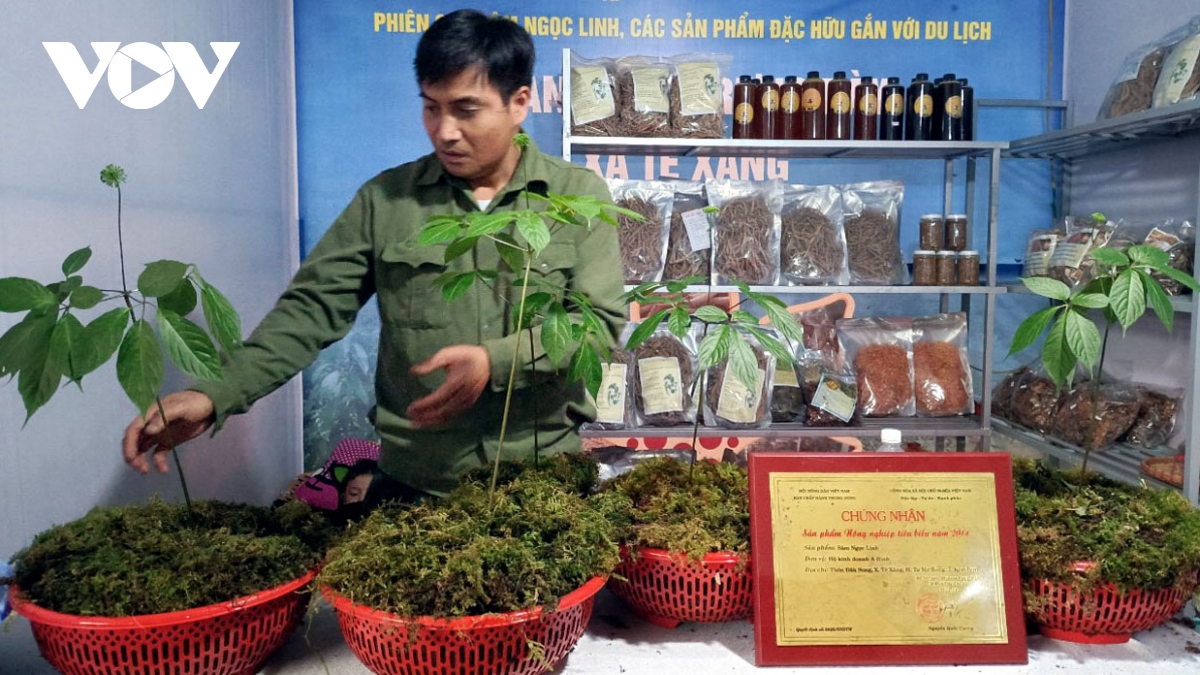
Ensuring traceability will enhance the competitiveness of many Vietnamese export products.
Additionally, domestic labor costs remain relatively low, and the quantity and quality of resources are consistent and abundant for manufacturing and processing industries. Regarding agricultural products, as a country with a large and diverse agricultural production, Vietnam can easily meet the demands of multiple markets.
“However, export products are composed of many factors, heavily relying on raw materials, especially imported ones. Moreover, production costs and service expenses for exporting products, such as taxes and associated trade activities like sales and transportation, are significant. Vietnamese export businesses need to strengthen market information and pay close attention to their product details to know their target customers and sales strategies,” said Mr. Linh.
Emphasizing the importance of controlling and tracing product origins in export activities, Mr. Ta Duc Trung, Head of Training at Vietnam Anti-Counterfeiting Technology Joint Stock Company, stated that businesses must update accurate information on every stage of the production process, from input to output, from planting to harvesting, packaging, distribution, and ultimately, consumption. Ensuring 100% transparency and accuracy in this regard will create value for both the product and the business.
“Many businesses have suffered from counterfeiting and lost their brand identity as a result. Therefore, businesses must prioritize controlling and tracing product origins as a direct means to protect their brands, combat counterfeiting, increase market share, safeguard profits, and secure their distribution channels. Moreover, transparency in origin traceability enhances consumer trust, making it easier for businesses to sell their products,” affirmed Mr. Trung.
Early adoption of technology in traceability
On March 28, the Ministry of Science and Technology issued Circular No. 02/2024/TT-BKHCN, regulating the management of product and commodity traceability. The circular stipulates that the data on the origin of each product or commodity in the traceability system must meet at least ten basic information criteria.
According to Mr. Ta Duc Trung, with conventional solutions and technologies, only six to eight basic criteria could be met. However, with the comprehensive TrueData technology solution, combining automatic data collection through chips (RFID) and artificial intelligence (AI) with Blockchain, it is now possible to record, store, and manage product information and control the movement of goods.
“TrueData provides very comprehensive information, making it easier for export products. Major export markets value transparency, and products with unclear or unverifiable origins will be rejected. Therefore, businesses should pay attention to and apply this solution to their production and business activities, especially during the process of labeling goods for certification,” advised Mr. Trung.

Data collection for efficient and accurate traceability.
Elaborating on the principles of TrueData technology, Mr. Nguyen Dang Thong, from the Customer Support Department of Vietnam Anti-Counterfeiting Technology Joint Stock Company, explained that after applying the information collection solution, the product’s journey could be monitored. Wherever the product goes, it leaves traces and data at that location, so the product’s path is paralleled by the data’s journey.
“Customers and administrators can track the product’s journey and quickly update products on the system. Consumers can verify the authenticity of products from the production process, and authorities can easily inspect goods in circulation directly from businesses’ warehouses. This protects brands, saves businesses costs, improves product quality, and facilitates tax management for the government,” said Mr. Thong.










